
How to Make Your Flat Pack Furniture Last a Lifetime?
If you want to buy new furniture, it is usually sold in the form of a flat pack. Flat pack
Purchasing new furniture is exciting, and assembling every part correctly gives you a sense of accomplishment. You should have some of the basic fasteners, screws, and other types of fixings for assembling the final product efficiently. You can easily assemble different furniture items by using the right tools and with some help. Knowing how to use various furniture assembly tools helps you complete this task successfully.
This guide includes information about different furniture assembly tools and safety gadgets essential to ensure efficient fastening of every part and component of your new furniture.
Some flat-pack furniture items come with basic tools inside their packaging; however, you may need to arrange specialised tools in certain cases to ensure the perfect assembly of your new furniture parts. The following are some of the essential tools commonly required to assemble any furniture item:
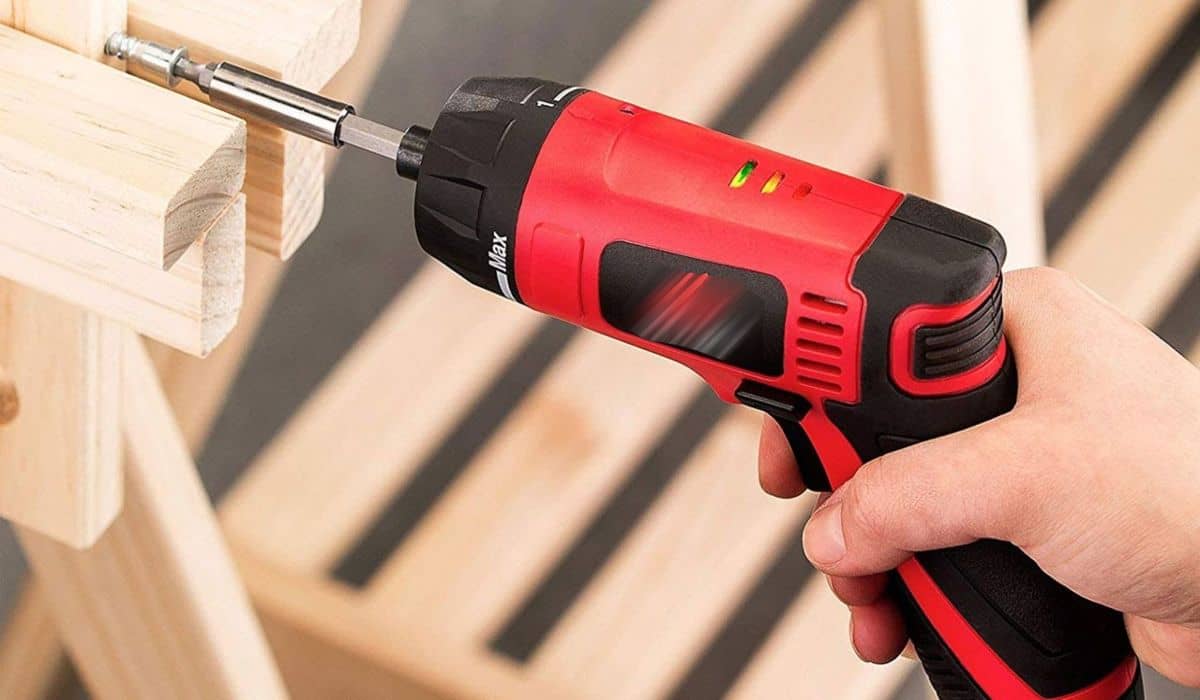
You can save a lot of time by using a drill or screwdriver while assembling large pieces of furniture items. This power tool can be conveniently used to attach most of the screws that come with flat-pack furniture. If you do not have this power tool, you can borrow or take it on rent to prevent screwing every part by hand. Moreover, you can also purchase different sets of screwdrivers as a long-term investment, as different furniture pieces have various parts and screws.
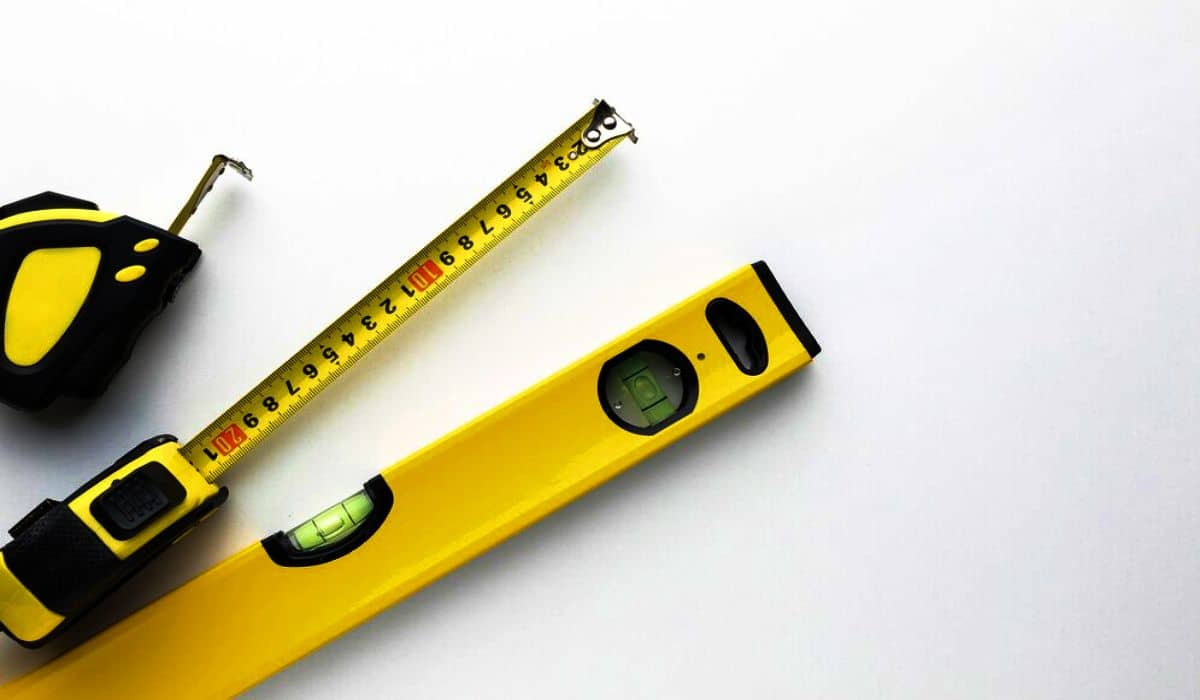
This tool will help you ensure all the fittings are levelled and preventing wobbly parts from becoming loose over time is essential. This will save your furniture from damage or destruction. When everything is levelled, you can assemble things comfortably and conveniently, and the furniture will remain stable during assembly and after that.
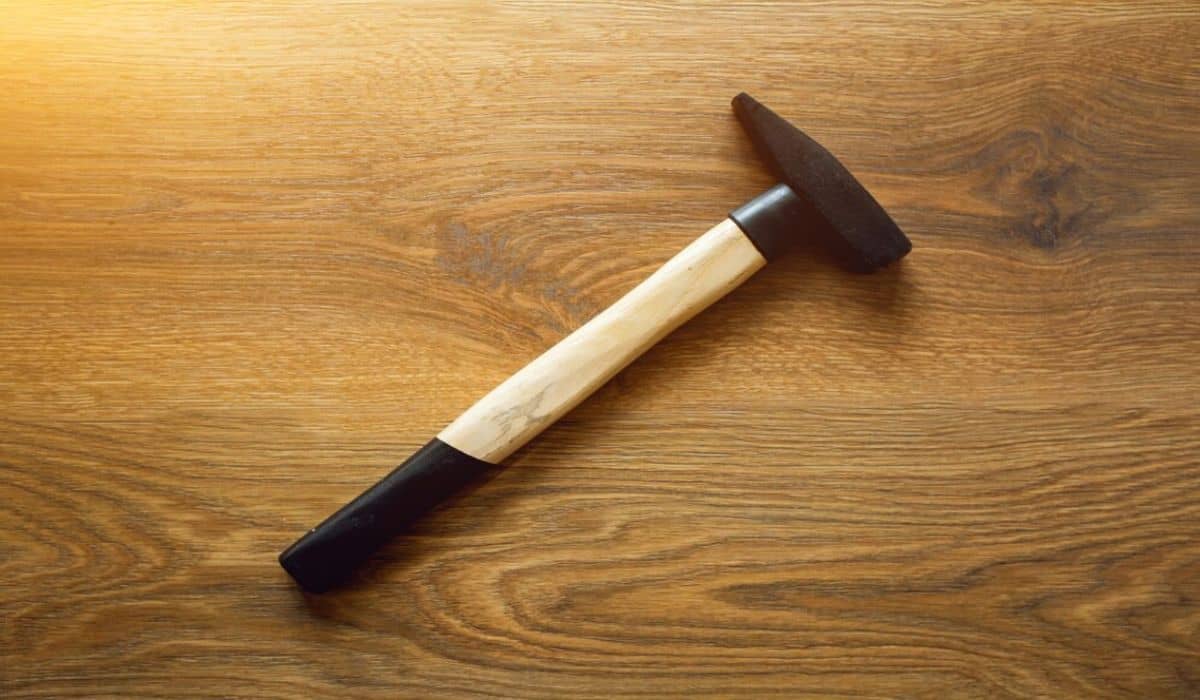
A good hammer is an essential part of any furniture assembling toolkit. You should use a lightweight hammer for wacking in small tacks or tapping some tougher joints. However, if you are concerned about the denting and finishing of your furniture, you can use a rubber mallet instead of a hammer.
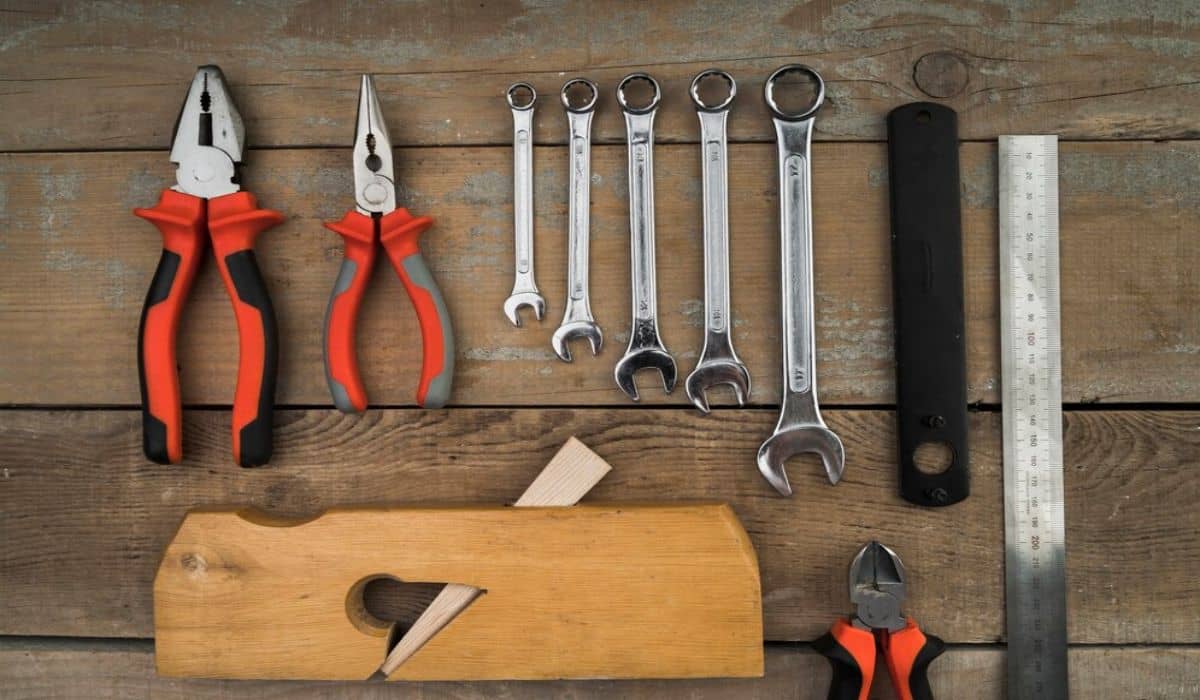
You should have a few sizes of combination pliers and an adjustable wrench for easily tightening bolts, nuts, and other furniture hardware components. When purchasing pliers, check that they have comfortable handles and gripping teeth that provide efficient torque while fastening different nuts.
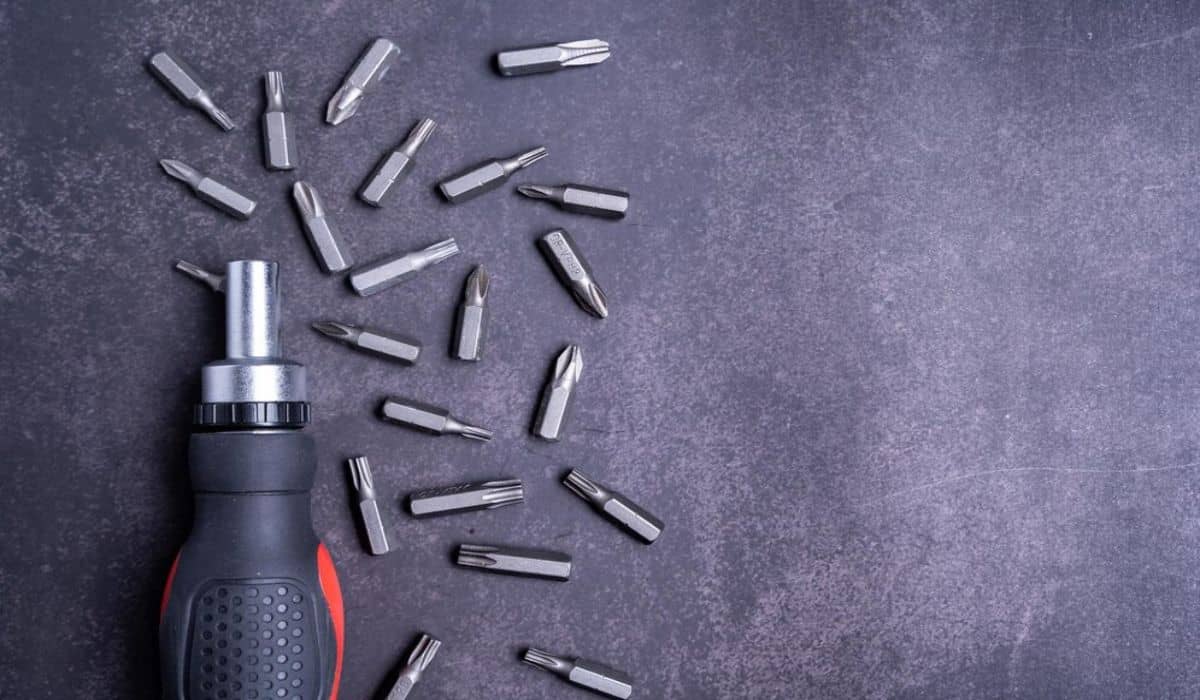
A ratcheting screwdriver is used for fastening those screws which are delicate enough and cannot be tightened with a power tool, as some parts only require a half-turn to get secured in place. Additionally, it is helpful if you are assembling a small piece of furniture by hand.
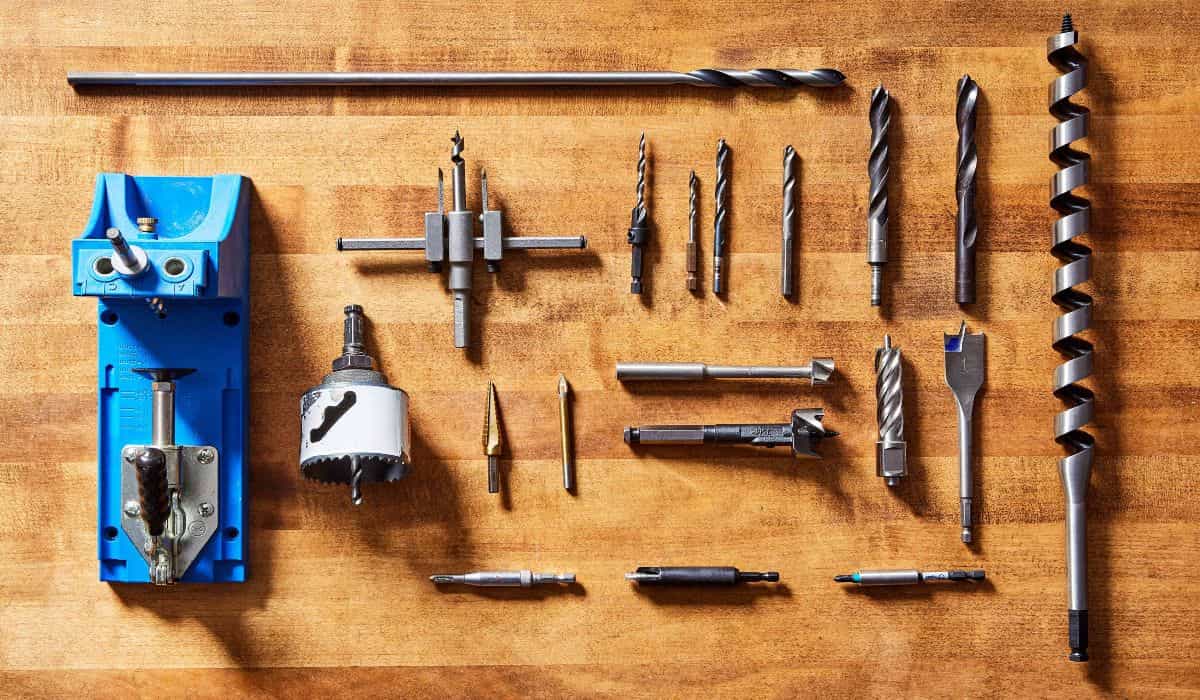
You should have a diverse set of drill bits to tighten bolts, nuts, and screws of different shapes and sizes. These are essential for completing any furniture assembly project successfully and efficiently. Flathead and Philips-head screwdriver bits are most commonly used and should be available before assembling any furniture item. Moreover, you should arrange hexagonal bits for the parts that require assembly with the help of Allen wrenches.
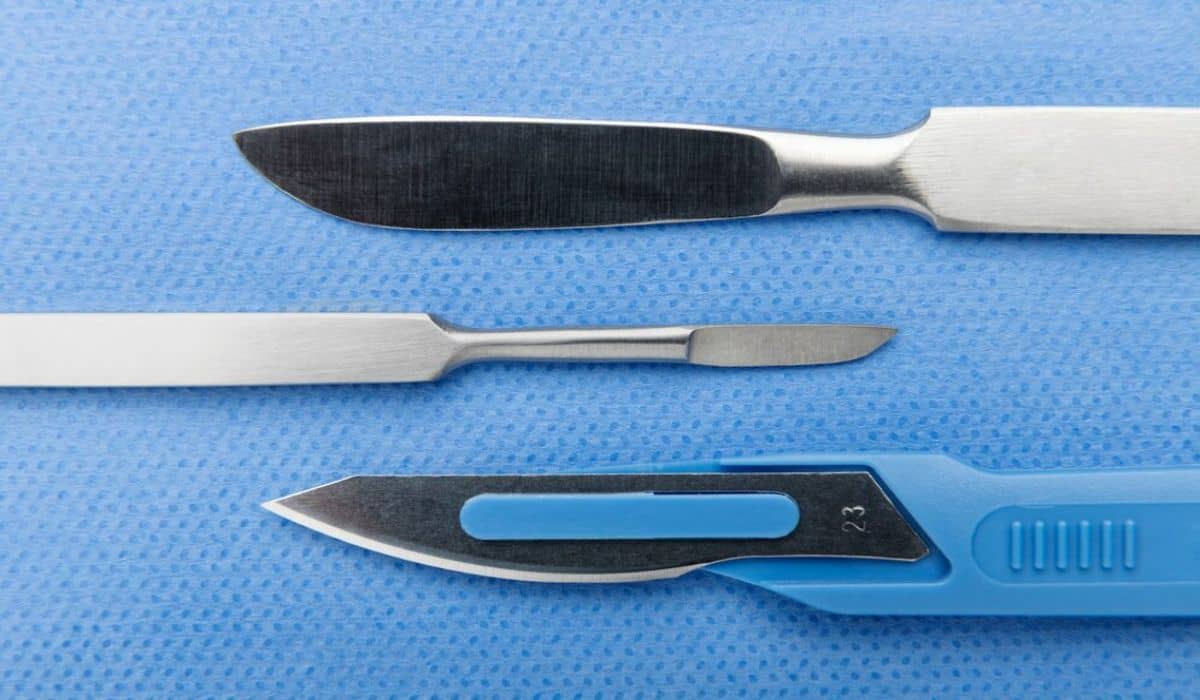
A utility knife is one of the handiest tools for unpacking furniture. It will help you avoid using your kitchen knives. Once you have unpacked all the furniture items, you should ensure that the utility knife’s blade is retracted when not in use to prevent nasty cuts or other issues for everyone’s safety.
Despite having the right tools, it is essential to use safety gadgets to protect yourself from potential injury and furniture from any damage.

If you want to buy new furniture, it is usually sold in the form of a flat pack. Flat pack
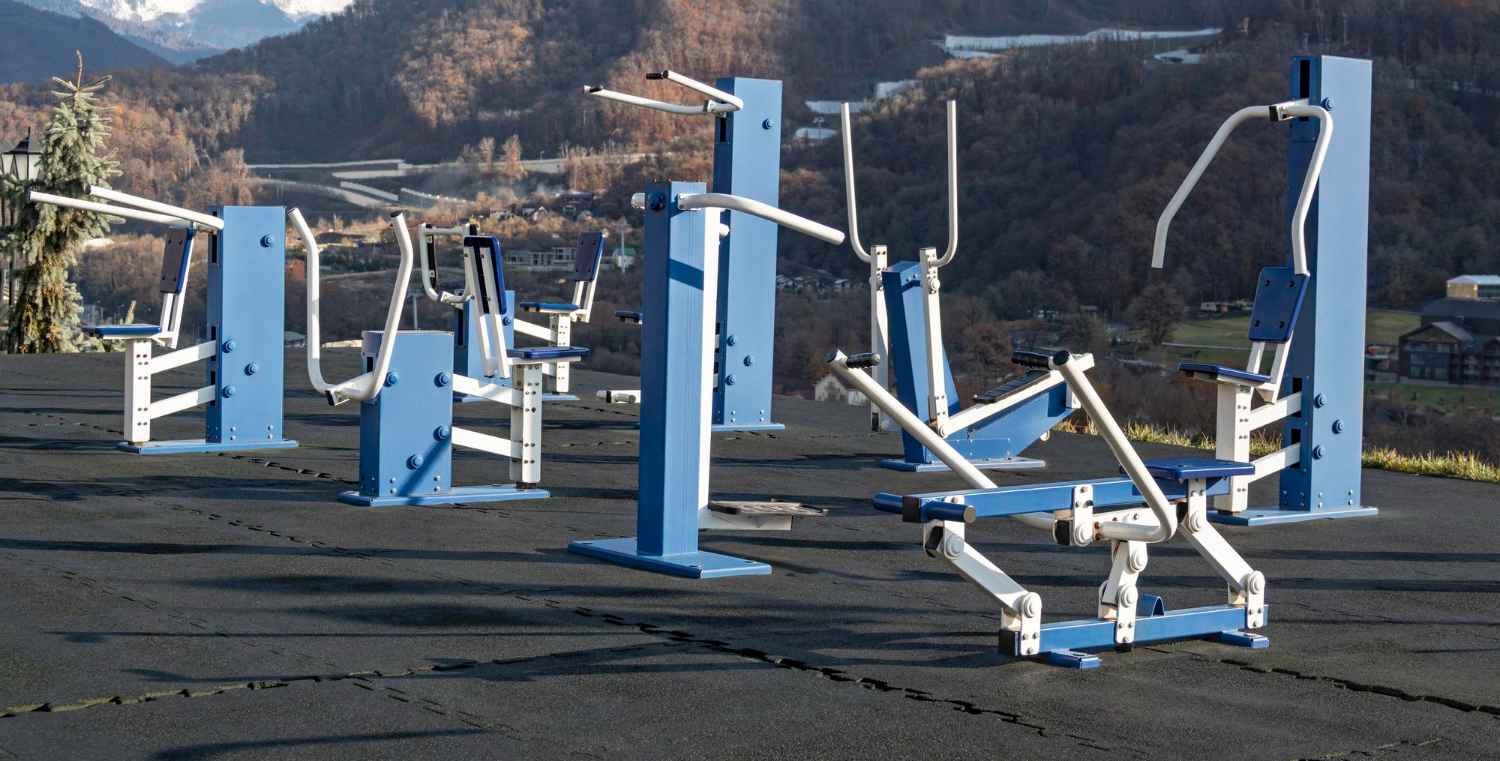
Maintaining your health and achieving fitness goals is a continuous process whether you’re a president or a common person. Often,
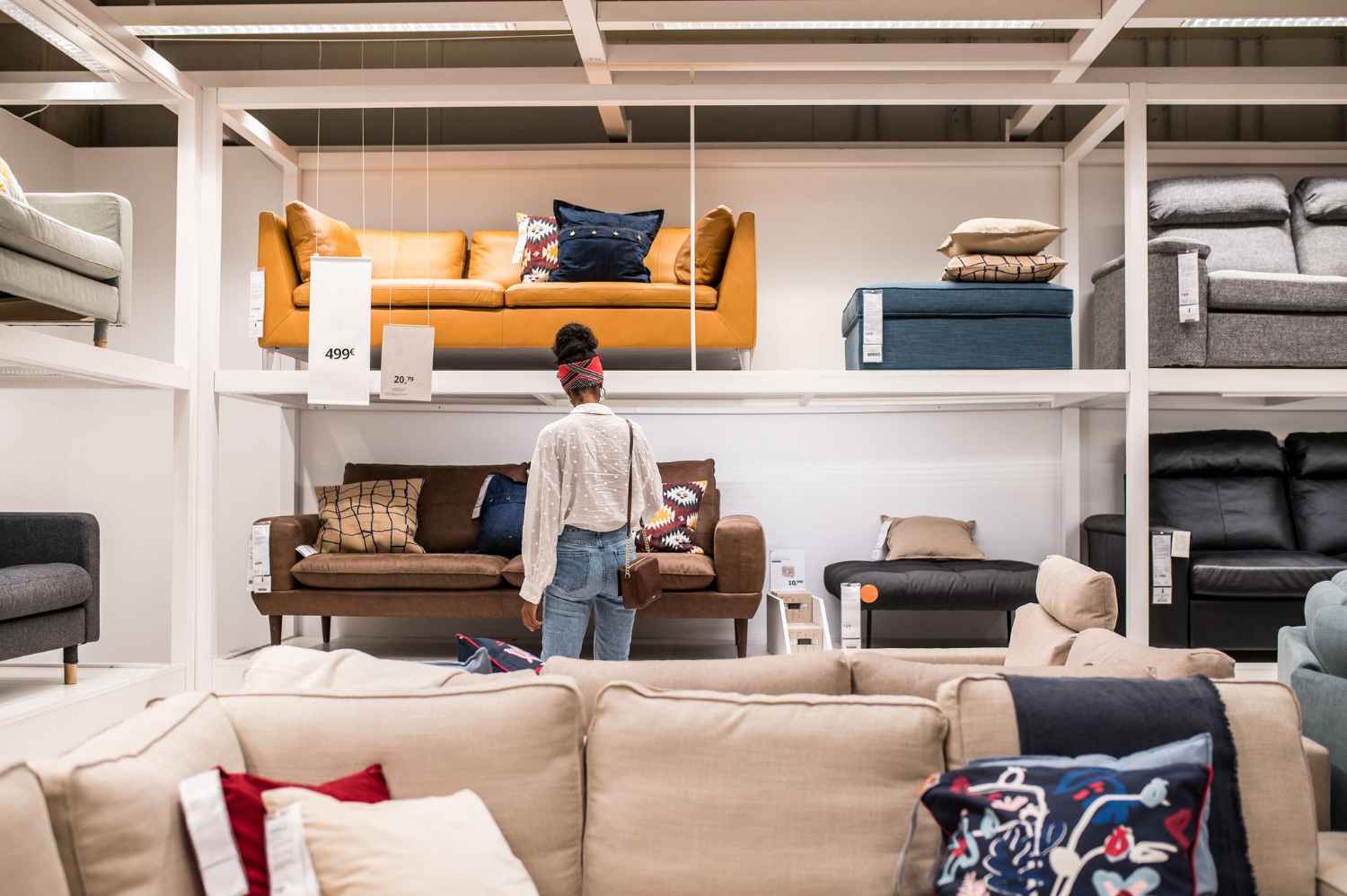
Assembling IKEA furniture can usually look like a challenging task. You have just brought home a fresh piece and are